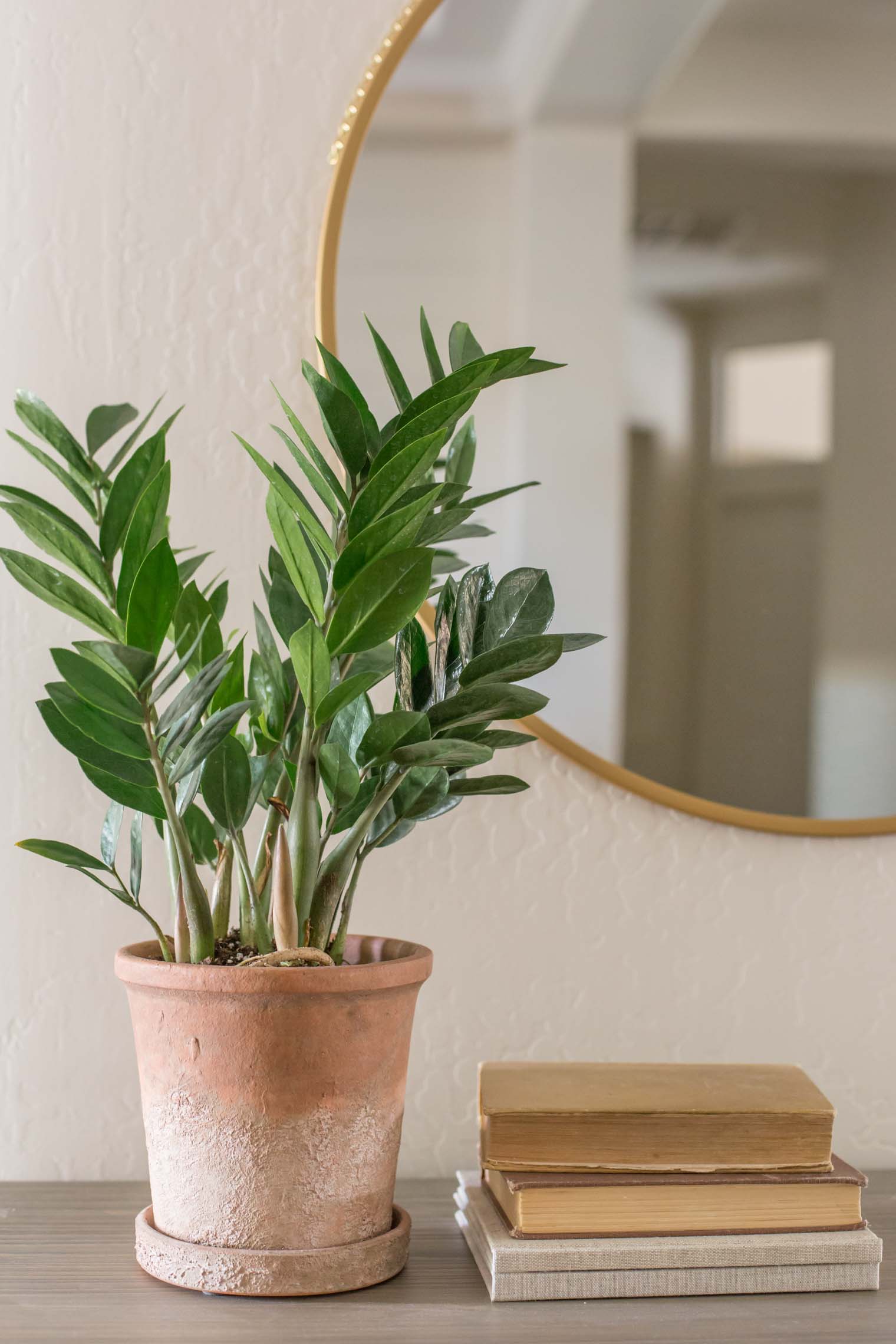Traditional 2D garden designs can often be limited in their ability to convey the full scope and detail of a landscaping project. With 3D garden design, every aspect of the outdoor space can be accurately represented, from the texture of the paving stones to the height of the trees. This level of realism ensures that homeowners can make informed decisions about their garden design, leading to a more successful and satisfying outcome.
Peatlands absorb and store large amounts of carbon dioxide, which is incredibly useful in tackling climate change. The government aimed to ban the use of peat in compost by 2024 – although that has been extended until 2030.
Plants will usually grow by themselves even without feeding because they produce their own food. It is important though sometimes to add some food to houseplants especially flowers. You are not though obligated to do this as long as your plant is well exposed to sunlight and it is well watered.
Hamlet is the cat that has traveled the most, escaping from his carrier during a flight. For 7 weeks, he hid behind a panel. When he was found, he had already traveled for almost 373,000 miles or 600,000 km.
In conclusion, 3D garden design has become an essential tool for creating dynamic and visually stunning outdoor spaces. By leveraging the power of 3D technology, designers and homeowners can experiment with different layouts, materials, and plantings to create personalized and unique gardens. With the right tools and software, the possibilities for 3D garden design are endless, allowing for limitless creativity and innovation in the field.
Lighting and planting play a crucial role in the overall aesthetics and functionality of a garden. In a 3D garden design, designers can simulate different lighting conditions and plant placements to optimise the visual appeal and practicality of the outdoor space. By adjusting the position of lights and plants in the 3D model, homeowners can ensure that their garden is bright, welcoming, and easy to maintain.
Earlier this year, houseplants business owner Sam called time on his two-year romance with Inga Valentiner and proved he had no regrets with his new girlfriend Yasmine during their romantic beach date.
 Additionally, 3D garden design software offers a wide range of plant and material options, allowing designers and homeowners to experiment with different combinations and styles. This flexibility enables them to create unique and personalized outdoor spaces that reflect their tastes and preferences.
Additionally, 3D garden design software offers a wide range of plant and material options, allowing designers and homeowners to experiment with different combinations and styles. This flexibility enables them to create unique and personalized outdoor spaces that reflect their tastes and preferences.
Step 1: Choose the right pot. If you are transferring the plant from another pot, be sure to wash thoroughly and spray the pot’s surface with a microbial inoculant as it may harbor harmful bacteria or disease. Be sure to keep your pot size proportionate to the plant it will house. Too large a pot can lead to root disease and too small a pot will prevent the plant from thriving.
3D garden design has revolutionised the way we approach landscaping projects, allowing homeowners to visualise and plan their outdoor spaces with unprecedented realism and detail. By leveraging the benefits of this technology, individuals can collaborate with designers, experiment with different materials and features, and create a garden that meets their unique preferences and requirements. Whether you are looking to transform your backyard into a peaceful retreat or revamp your front yard for curb appeal, 3D garden design can help you achieve your vision with confidence and precision.
When selecting tropical houseplants for your home, it is essential to consider factors such as light levels, humidity, and temperature. Most tropical plants thrive in bright, indirect sunlight and require regular watering to keep their soil moist but not waterlogged. Humidity-loving plants like ferns and orchids may benefit from misting or a humidifier to create the ideal growing conditions. It is also important to avoid exposing tropical houseplants to drafts, cold temperatures, or sudden changes in environment, as this can stress the plants and lead to health problems.
Introduction:
In recent years, the world of garden design has undergone a significant transformation with the introduction of 3D technology. 3D garden design software has revolutionized the way landscape architects, garden designers, and homeowners plan and visualize their outdoor spaces. This article will explore the benefits of 3D garden design, the tools and software available, and how it has become an essential tool in creating stunning and functional outdoor spaces.
 Ficus Benjamina (Weeping Fig.) A tree that probably should have never been turned into a houseplant. It tends to just drop leaves like Bill Clinton drops his pants; daily. The plastic version of this is probably your best bet.
Ficus Benjamina (Weeping Fig.) A tree that probably should have never been turned into a houseplant. It tends to just drop leaves like Bill Clinton drops his pants; daily. The plastic version of this is probably your best bet.
The Evolution of 3D Garden Design:
The use of 3D technology in garden design has evolved significantly over the years, driven by advancements in software and hardware capabilities. Early versions of 3D garden design software were limited in their features and capabilities, making it difficult to create realistic and detailed representations of outdoor spaces.
